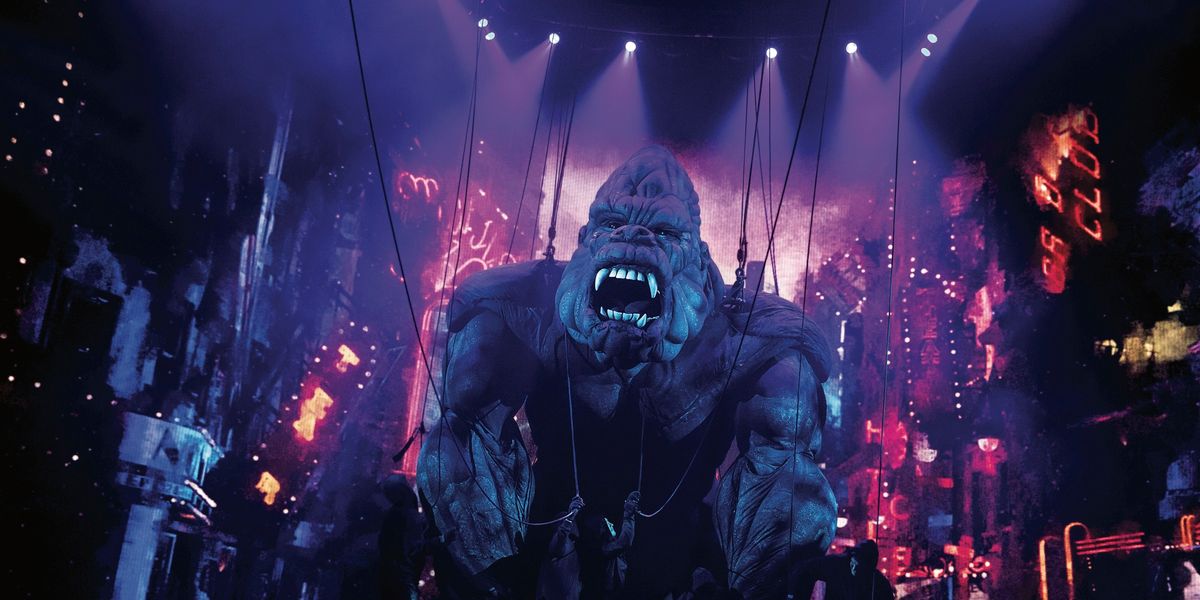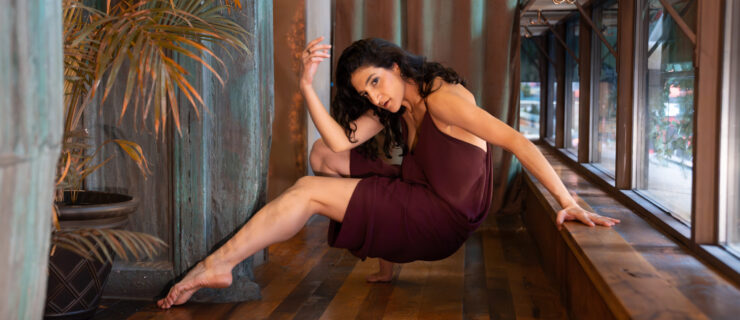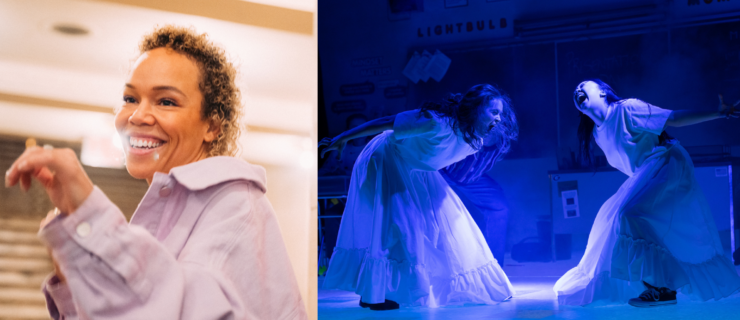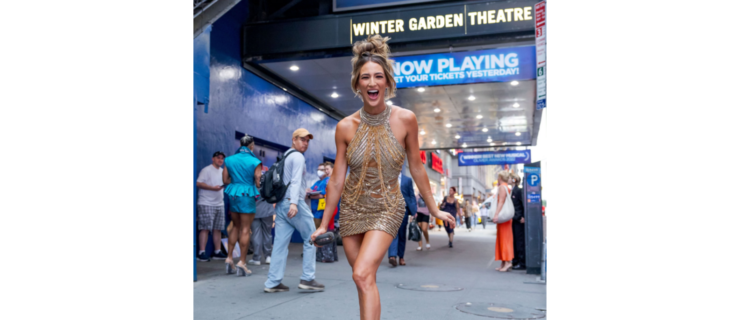Follow the Path of a Broadway Musical from Concept to Opening Night
The curtain rises, the crowd goes wild, and the bright lights of Broadway shine down as you make your debut on opening night…it’s every Broadway baby’s dream. But you may be surprised to learn that a show’s journey to the Great White Way can be months, or even years, in the making. How does a production go from concept to curtain call? We spoke to industry veterans about what happens at every stage.
The Initial Idea
Typically, a producer, writer, composer, and director are the first people enlisted to help the idea for a show take shape, but every project is different. For Tony-award–nominated choreographer Joshua Bergasse, the earlier
he gets on board, the better. “I like being able to influence
the creation of the show, and point out which parts of the story can be told through dance and movement,” he says. Once drafts of the book and music are completed, the team holds an informal reading of the work to get feedback from producers. Then, preproduction is assembled. “I’ll use a skeleton crew of a few dancers, get into a studio, and come up with different combinations of choreography,” Bergasse explains. “The goal is to create lots of different pieces that we can build on later.”

The women of King Kong on the first day of Broadway rehearsals (courtesy Eliza Ohman)
Developmental Lab and Rehearsals
The next phase of the production is a workshop or developmental lab, which usually lasts three to four weeks. Here, the show begins to take shape, as an initial cast of principal leads and an ensemble learn musical numbers and staging. Dancers, take note: This is typically the earliest that you can audition for a show. Broadway dancer Eliza Ohman auditioned for a developmental lab of King Kong, and saw the show all the way to Broadway one year later. “For labs, the creative team looks for unique artists who inspire them,” she says. “It’s important to know your artistic point of view, and also when it’s appropriate to share your own ideas.” Naturally, even when you have the job, the audition is never quite over. According to Bergasse, “dancers have to prove they’re excited about the project, and make themselves invaluable to the team as things move forward.” The lab often culminates in a final showing, and from there, the production will either go back to the drawing board, or move on to a more rigorous rehearsal period.

The Broadway cast of King Kong after its final studio run (courtesy Joshua Bergasse)
Tech and Previews
Whether a show heads straight to a Broadway theater or out-of-town for a “tryout” run of performances, tech is where a production settles into its new home onstage. Costumes, lighting, and sets are all introduced in a jam-packed few weeks, until it’s time to add the final ingredient: an audience. Ohman says, “When you start previews, the show feels alive again. It’s rejuvenating for the company to have fresh eyes and ears reacting to the story.” Previews are a production’s first real test, for both the appeal of the show and the stamina of its cast. During previews, the cast spends its days in rehearsals implementing changes, corrections, and, sometimes, entirely new portions of the show. “By this point, you’re exhausted physically, mentally, and emotionally,” Ohman says. “As an artist, you grow attached to certain aspects of the show, so it can be hard to see them changed. But you have to be willing to trust the process, problem-solve, and stay totally focused while performing each night’s version.” Adaptability is crucial. Bergasse explains, “If I have to put in a whole new number for the next performance that night, the dancers can’t freak out. They have to be ready to roll with anything.”

Eliza Ohman (fourth from right) and the women of the King Kong ensemble backstage (Ellenore Scott, courtesy Ohman)
Opening Night
For Ohman, opening night is full of mixed emotions. “There’s so much anticipation, but also a lot of nerves, because you don’t feel settled in the show yet,” she says. “It’s likely that you didn’t start performing the final version until a few nights before.” Bergasse agrees. “There’s a saying that you never actually finish a show; you just open it,” he says. “You’re always going to be tweaking things and trying to improve. But to finally let it go just a bit on opening night is cause for celebration.”
Every show follows a unique path, and even veterans like Bergasse never quite know if a project is destined for Broadway. For Ohman, however, the process is just as rewarding as the final product: “There’s nothing quite as exciting as being able to collaborate on a show you love, and help make it the best version it can be.”




